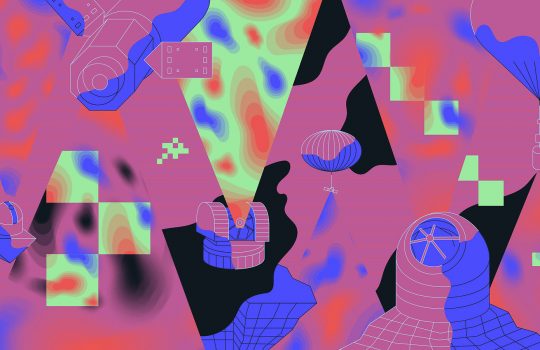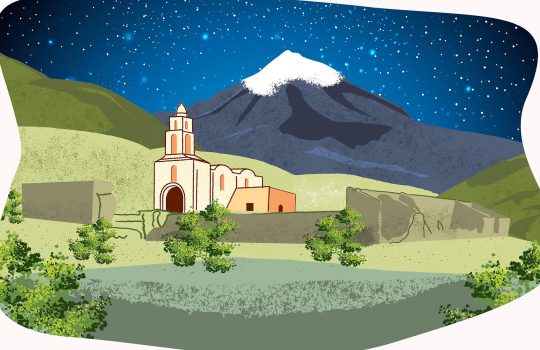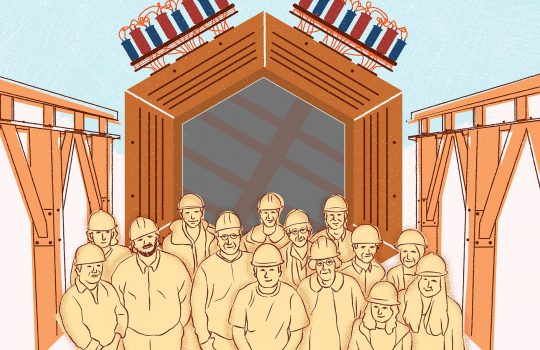How frozen atoms could help us learn more from gravitational waves
From MIT Technology Review, Oct. 21, 2019: We’ve seen ripples in space-time only when the universe’s biggest events occur. Now there might be a way to spot them ahead of time. MAGIS-100 is a project designed to see whether shooting frozen atoms with lasers can be used to observe ultrasensitive signals that might be stretching through space-time. If successful, it could help usher in a new era of “atom interferometry” that could reveal some of the secrets of gravitational waves, dark matter, quantum mechanics, and other heady topics.



